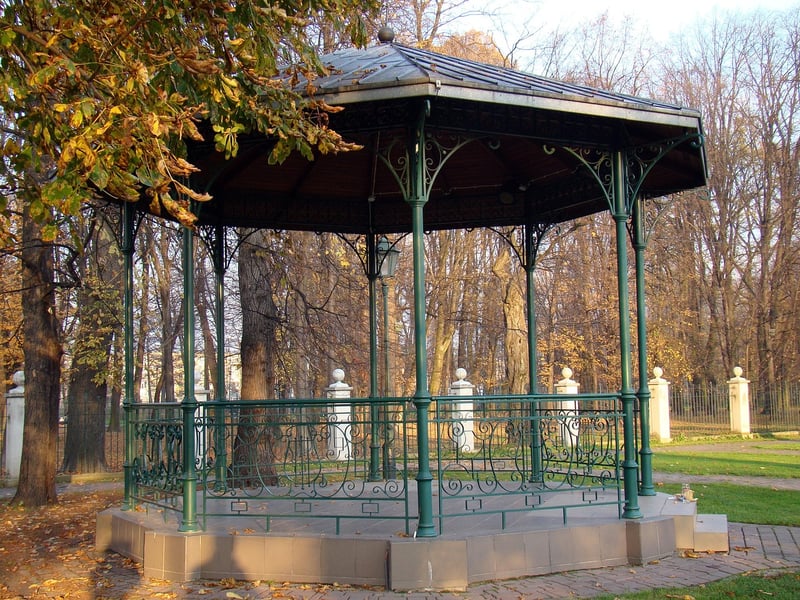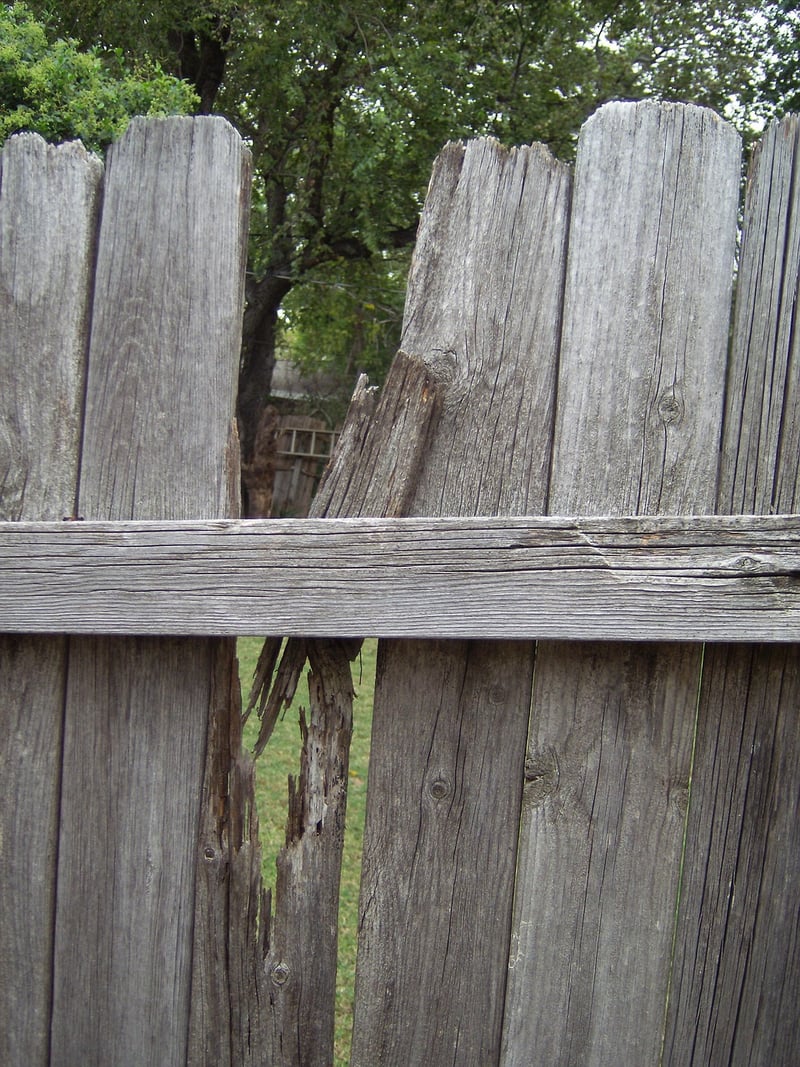Vertical Garden Structures
Expert Advice for Successful Vertical Gardening
Introduction
Vertical gardening is a fantastic way to maximize your space and create a lush, green oasis even in limited areas. Whether you're an experienced gardener or just starting out, here are some expert tips to help you succeed in vertical gardening.
Choose the Right Plants
When selecting plants for your vertical garden, consider their sunlight and water requirements. Opt for plants that thrive in the conditions you can provide. Some great options for vertical gardens include succulents, ferns, herbs, and trailing vines.
Use Quality Soil and Fertilizer
Good soil is essential for the success of your vertical garden. Use a high-quality potting mix that is well-draining to prevent waterlogging. Additionally, regularly fertilize your plants to ensure they receive the necessary nutrients for healthy growth.
Ensure Proper Drainage
Proper drainage is crucial for vertical gardens to prevent water buildup, which can lead to root rot. Make sure your vertical garden structures have adequate drainage holes and consider using a layer of rocks or gravel at the bottom of each container to improve drainage.
Regular Maintenance
Just like traditional gardens, vertical gardens require regular maintenance to thrive. Check your plants regularly for pests, diseases, and water needs. Prune any dead or yellowing leaves to encourage new growth and overall plant health.
Vertical Garden Structures
There are various vertical garden structures you can use to create stunning green walls or hanging gardens. Here are some popular options:
1. Vertical Planters
Vertical planters are a versatile option for creating a vertical garden. They come in a variety of sizes and styles, allowing you to customize your garden to suit your space and aesthetic preferences.

2. Living Walls
Living walls consist of plants grown vertically on a structure attached to a wall or freestanding. They can be customized to create intricate designs and provide a stunning visual impact.

3. Trellises and Arbors
Trellises and arbors provide vertical support for climbing plants such as vines, tomatoes, or peas. They add a decorative element to your garden while helping plants grow vertically.

Conclusion
By following these expert tips and utilizing the right vertical garden structures, you can create a beautiful and thriving vertical garden in any space. Get creative, experiment with different plants and designs, and enjoy the beauty of your vertical garden oasis!
